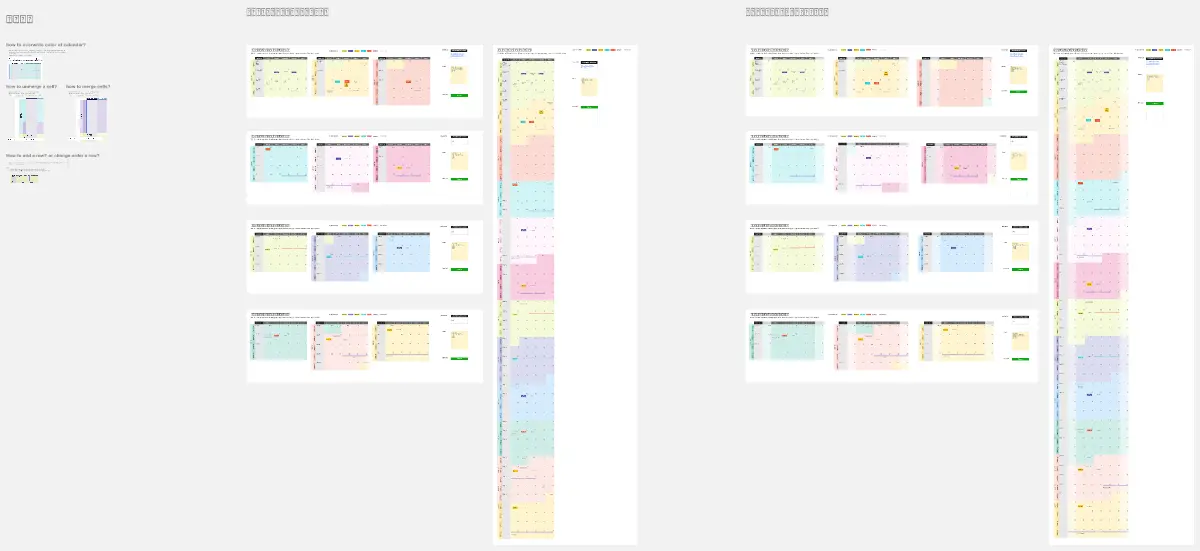Deep Customer Empathy Method
Design for Delight (D4D) is a set of guiding principles embraced by Intuit to foster innovation.
D4D revolves around three core tenets: Deep Customer Empathy, Go Broad to Go Narrow, and Rapid Experimentation. Its overarching objective is to place the focus on understanding and empathizing with the customer's problem rather than fixating on a preconceived solution. By establishing direct connections with customers, brainstorming audacious solutions that deliver tangible benefits, and rapidly testing those solutions with the customers, D4D empowers Intuit to explore groundbreaking and daring ideas.
Let's embark on a journey through the first pillar - Deep Customer Empathy. Navigating this approach entails a couple of key methods:
Follow-me-home
The Follow-me-home technique offers a swift and effective means of witnessing individuals as they grapple with the very problems and challenges that we aim to address. Through this firsthand observation of real behavior, we gain valuable insights, foster empathy, and develop a shared understanding. It steers us away from relying on second-hand information, which may not be entirely accurate, and opens up opportunities for pleasant surprises.
Tips for a successful Follow-me-home session
Embrace a learning mindset, be inquisitive, and keenly observe genuine behaviors, going beyond mere verbal accounts.
Encourage customers to demonstrate their actions and request tangible artifacts from their experiences.
Stay alert for unexpected behaviors as these can lead to valuable insights.
Dig deeper by asking follow-up questions to understand the reasons behind observed behaviors and workarounds.
Every team member should take notes, documenting their observations for later reference.
Promptly debrief as a team to discuss and capture any surprises or pain points that surfaced during the session.
Deep Interview
While observing behavior is informative, it may not fully reveal the underlying motivations behind people's actions. That's where Deep Interviews come into play, providing a valuable opportunity to understand the reasons driving specific behaviors, particularly in recent scenarios, such as why someone began a trial or discontinued product usage.
Tips for conducting fruitful Deep Interviews
Build rapport with the customer before delving into probing questions.
Start by stating the observed behavior as a conversation opener, then proceed with open-ended, probing questions.
Persistently inquire "why" to uncover the underlying specifics and root causes.
Refrain from giving advice or trying to sell; the goal is to listen and understand the customer's behavior, not impose changes.
Customer Problem Statements
Before embarking on solving any problem, it's crucial for the team to unanimously agree on the precise customer problem they are addressing. Customer Problem Statements play a pivotal role in describing the crux of the matter, ensuring alignment within the team and effective communication with stakeholders.
Tips for crafting effective Customer Problem Statements
Center the problem statement around the customer's perspective, not the team's.
Use specific, tangible, and detailed language, avoiding vague terms like "integration" or "personalization."
Refrain from suggesting solutions within the problem statement.
Look for evident pain points, identifying facial expressions or physical reactions that indicate discomfort, as well as any compensating behaviors customers adopt to cope with or avoid pain.
Consider drafting multiple problem statements based on your observations for a comprehensive understanding.
The Ideal State
Moving on to the fourth pillar, we encounter the concept of the Ideal State. The Ideal State serves as a vivid description of a future scenario where a significant customer problem or opportunity has been resolved so remarkably that it seems almost unattainable.
Tips for creating a compelling Ideal State
Embrace boldness; let your imagination run wild as you envision a truly aspirational outcome.
Frame the Ideal State from the customer's viewpoint, ensuring it resonates with their desires and needs.
Focus on describing the customer benefit, steering clear of specific solutions. Instead, emphasize the dramatic improvements in the customer's life that you aspire to enable.
Challenge the status quo by envisioning the complete opposite of the identified customer problem, painting a picture of a world where the problem is perfectly solved.
Be explicit, tangible, and measurable in your Ideal State, establishing clear criteria for gauging success and progress.
With these insights into Deep Customer Empathy, you're now equipped to venture further into the world of Design for Delight and pave the way for transformative innovations.
Happy exploring!
Categories
Similar templates




Comments
Read our Community Guidelines and Terms of Use.